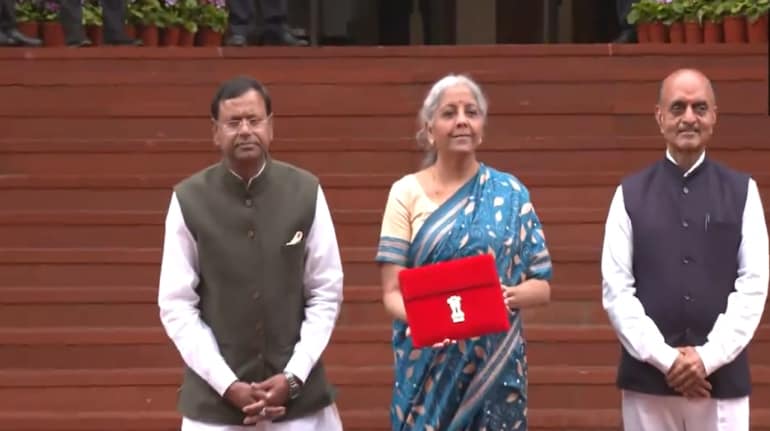
A few weeks ago, the government had asked airlines to exercise moderation and ensure a balance in pricing of air tickets amid a spike in airfares after suspension of Go First flights. However, the government has no plans to regulate airfares. Taking cognisance of the surge in airfares, Union aviation minister Jyotiraditya Scindia has put together a group to study the spikes. Scindia said there had been a pullback on the 315 routes Go First was operating. "So there is excess demand on those routes, though we have given those routes to other airlines,” he said on Thursday. Airfares are market driven and are neither established nor regulated by the government.
Which routes are affected?
Go First had high frequency on leisure destinations such as Srinagar, Leh and Goa, according to data by aviation analytics firm Cirium. Pune and Ahmedabad too have been affected.
Data from Cirium show that according to the schedule filed by Go First for May, the airline was supposed to operate 199 flights from Delhi to Srinagar, 182 flights on the Delhi-Leh route and 156 flights from Mumbai to Goa. The airline also accounted for six of 30 non-stop flights on the Delhi-Srinagar and Mumbai-Goa routes, six of the 52 daily Delhi-Mumbai flights, five of the 13 Delhi-Leh flights and three of the 10 flights on the Delhi-Bagdogra route.
Airfares are already higher this summer than in the previous season as carriers are unable to deploy full capacity. This is due to a supply chain constraint that has resulted in a slowdown of aircraft delivery. Domestic air travel has been hitting new all-time highs since this March and all airlines are reporting over 90% occupancy.
The fares had started going up on several routes right after Go First grounded its planes on May 3. The average one-way spot fare on Delhi-Leh route saw a 125 per cent rise to an average of Rs 13,674 during the May 3-10 period compared to April 20-28 period, as per data by travel portal Ixigo. During the same comparable period, average one-way spot fare witnessed an increase of 86 per cent to Rs 16,898 on Delhi-Srinagar route, the data showed.
When will the fares stabilise?
While the shutdown of Go First has removed capacity, leading to a mismatch in supply and demand, airline executives say fleet addition by other airlines will plug the gap very soon. Go First had 7% market share.
Airlines including Air India and IndiGo started new flights to fill the vacuum left by Go First. Air India increased frequency on routes such as Delhi-Srinagar and Delhi-Leh. IndiGo launched flights connecting the two cities from Mumbai. Vistara hiked Delhi-Mumbai flight frequency.
Indian carriers plan to add around 115 aircraft in this financial year to take advantage of the steadily growing number of passengers. A bulk of these aircraft will be inducted by market leader IndiGo and Air India and will be deployed on domestic routes itself. However, IndiGo, India’s largest airline, hasn’t increased its capacity forecast after the grounding of Go First. In a post results earning call on May 18, the airline’s Chief Financial Officer Gaurav Negi said that the airline plans to add around 45-50 aircraft in FY24. This is the same as its original plan given on March 23. The airline had added 45 aircraft in a year when Jet Airways had closed operations in April 2019.
Airline executives say fares might rise in the short term, but will moderate with addition of capacity by other airlines. Go First was virtually operating at less than 30% capacity and it will not be difficult for the industry to fill that space, they say.
(With inputs from TOI)
Fare turbulence: Summer travel plans scupper in vacuum left by Go First - Economic Times
Read More

No comments:
Post a Comment